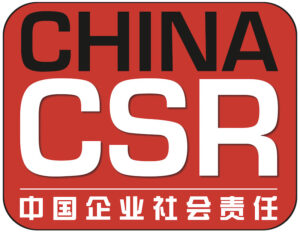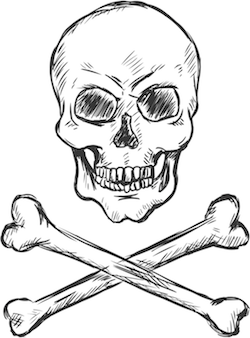Greenpeace claims goods from Chinese cities producing up to 40% of China's exported children's clothing may contain toxins.
Children's garments made in China's biggest kid's wear manufacturing towns contain hormone disruptors and chemicals that are toxic to the reproductive system, says a Greenpeace East Asia report.
Greenpeace claims products from the two Chinese towns are being sold to the domestic and international market, including countries in the Middle East, Southeast Asia, Africa, Europe and North America. The environmental advocacy group called upon the Chinese government to ban the use of these chemicals in kid's wear and to begin eliminating their use.
"Children's clothing made in the two towns we investigated is sold to 98% of Chinese cities and many other countries, through traditional and the increasingly popular E-commerce platforms. Our investigation is sending a serious signal of caution to the parents of more than two hundred million Chinese children and their foreign counterparts," said Lee Chih An of Greenpeace East Asia.
Greenpeace staff bought 85 children's garments between June and October 2013, all made in either Zhili Town of Zhejiang Province or Shishi City of Fujian Province. Tests conducted by independent third-party laboratories revealed that more than half of the tested samples detected NPE, a hormone disrupter, while nine in ten items made of polyester tested positive for antimony. Phthalates, which are known for their toxicity to the reproductive system, were also found in high concentrations on two samples.
Greenpeace says the two kid's wear manufacturing towns investigated by Greenpeace East Asia combined produce about 40% of all the children's clothing items made in China.


